Gardens have always possessed a unique power to transform ordinary accommodations into extraordinary experiences. While comfortable beds and attentive service remain essential elements of any countryside retreat, certain properties elevate their surrounding landscapes into the main event. These aren’t just places to rest your head—they’re immersions into horticultural masterpieces that change with the seasons.
Here is a list of 15 countryside stays where the gardens aren’t merely decorative afterthoughts but the primary reason guests return year after year.
Gravetye Manor
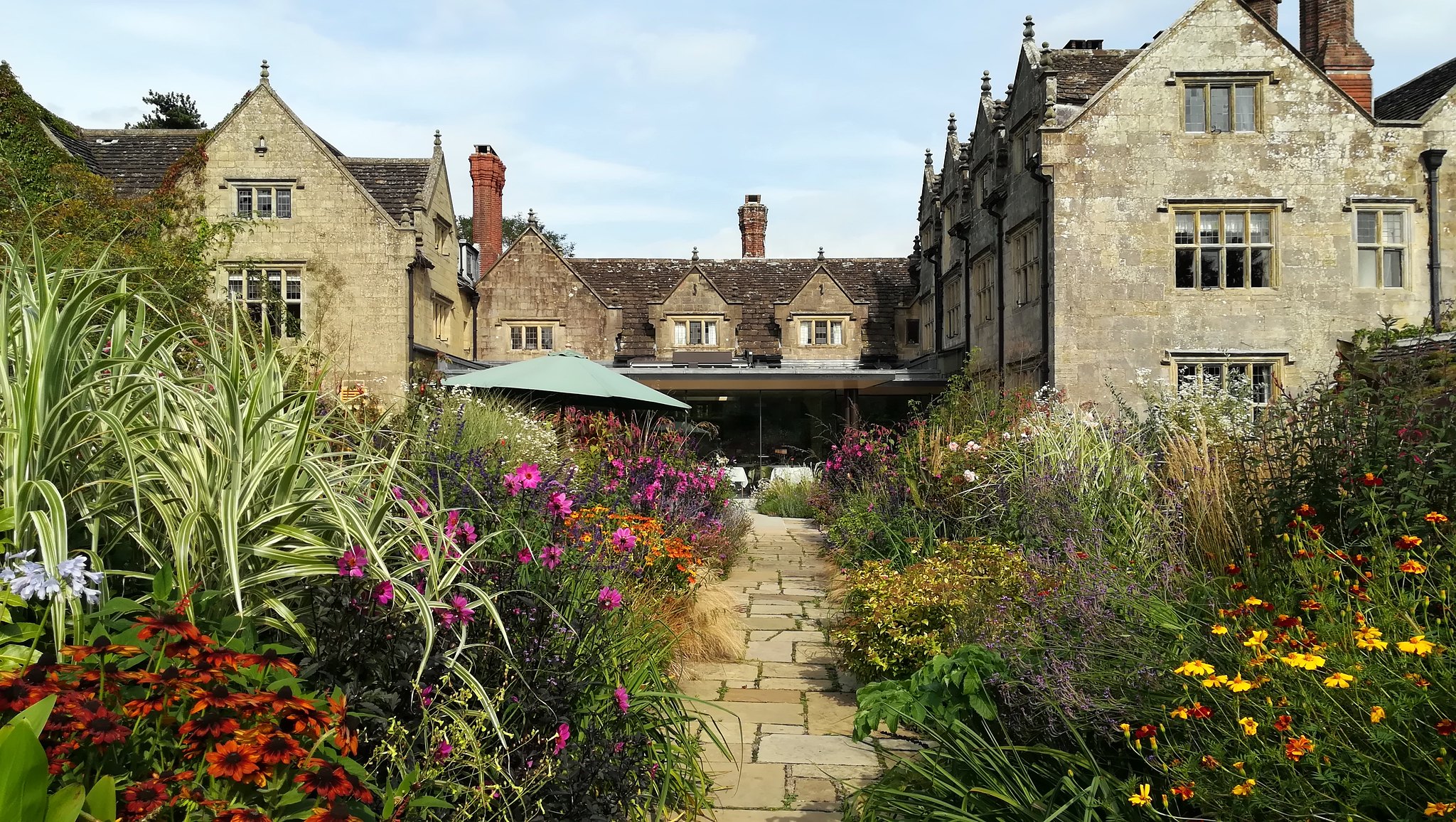
This historic Sussex estate showcases the enduring legacy of William Robinson, the father of the English natural garden. The 35-acre gardens surrounding this 16th-century manor house feature wildflower meadows that seem to flow seamlessly into the surrounding countryside.
Guests can wander through the walled kitchen garden that supplies the Michelin-starred restaurant with over 95 varieties of fruits and vegetables throughout the growing season. The property’s one-acre oval walled garden dates back to 1885 and remains true to Robinson’s original naturalistic planting philosophy—somehow both carefully planned yet appearing delightfully untamed.
Barnsley House
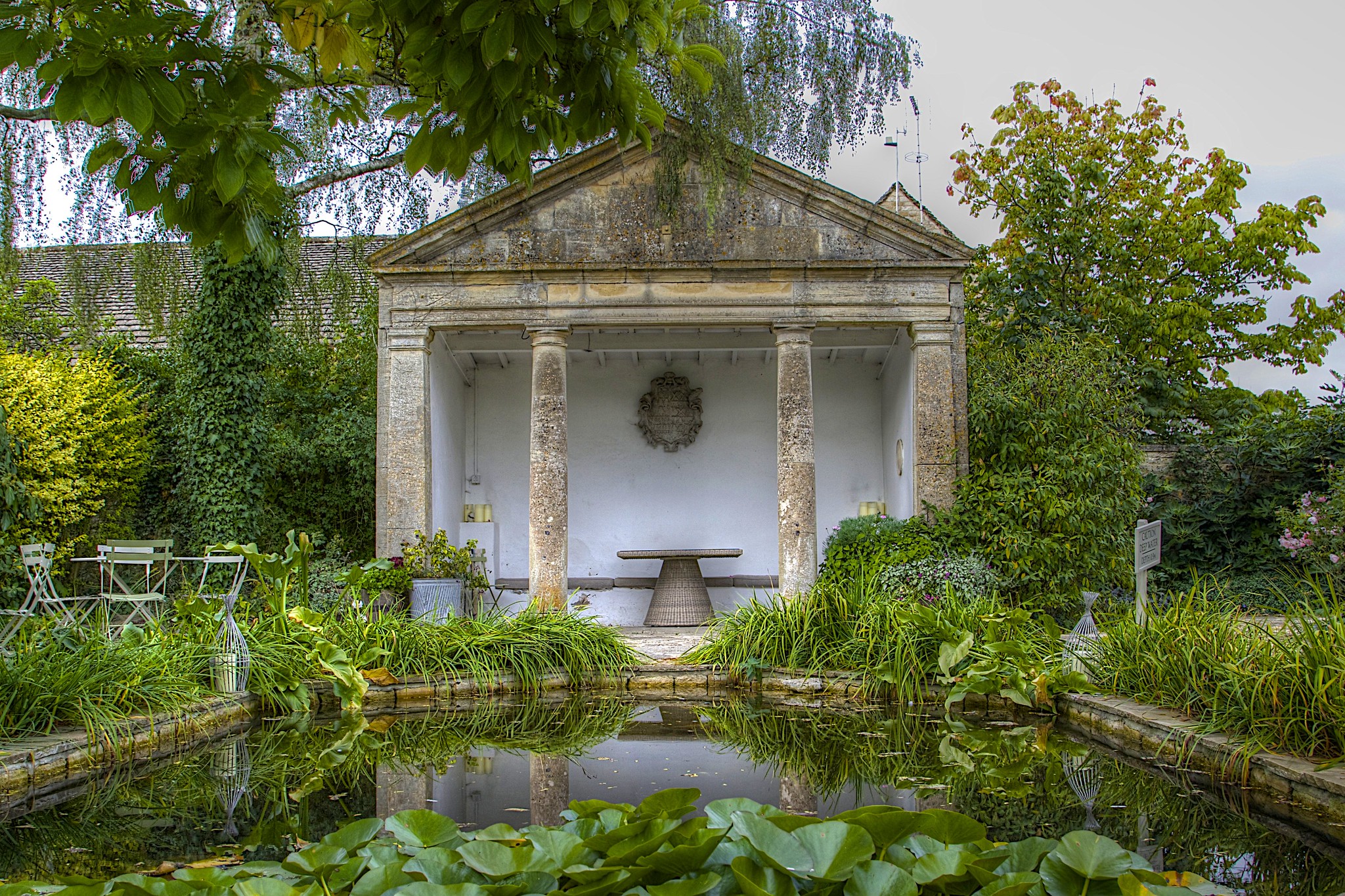
The gardens at this Cotswolds retreat were created by legendary garden designer Rosemary Verey, who transformed what was once her private residence into a horticultural paradise. Visitors now stay in 18 elegant rooms while exploring her four-acre masterpiece, complete with knot gardens, statuary, and the famous laburnum walk that creates a tunnel of golden chains when in bloom each May.
The property’s kitchen garden continues to supply the restaurant with fresh produce, maintaining Verey’s practical approach to beautiful, productive spaces. Today’s gardeners still use handwritten notes from her original planting schemes to maintain her vision.
Like Travel Pug’s content? Follow us on MSN.
Le Prieuré d’Orsan
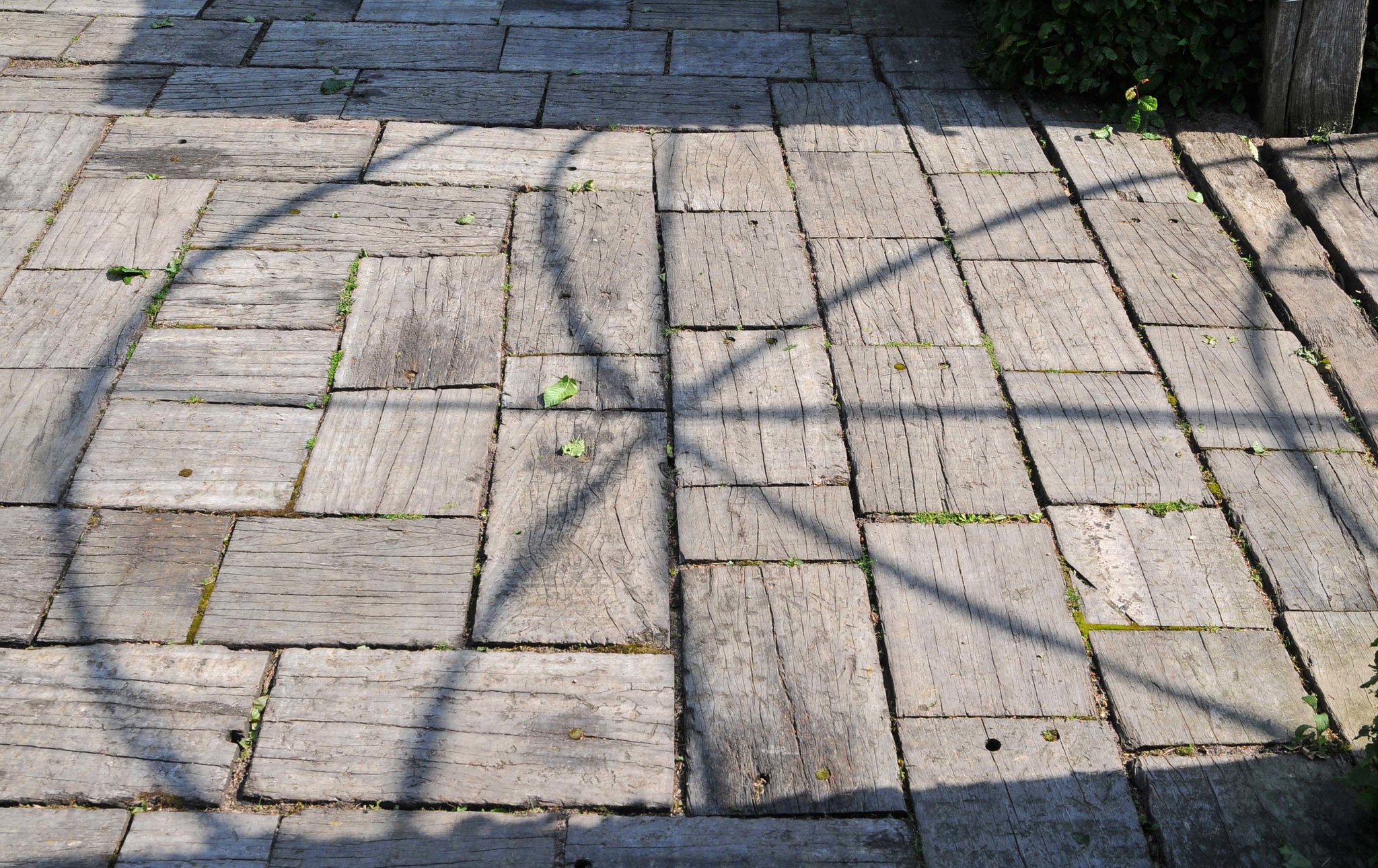
Hidden in France’s Berry region, this former priory transports visitors back to medieval times through its meticulously reconstructed monastic gardens. Inspired by illuminated manuscripts and medieval tapestries, the gardens feature woven willow structures, espaliered fruit trees, and geometric herb gardens that reflect the practical beauty of medieval horticulture.
Guests sleep in converted monks’ quarters while dining on ingredients grown just steps from their table. The property’s recreated cloister garden with its central fountain provides a meditative space that connects visitors to centuries of gardening tradition.
Babylonstoren
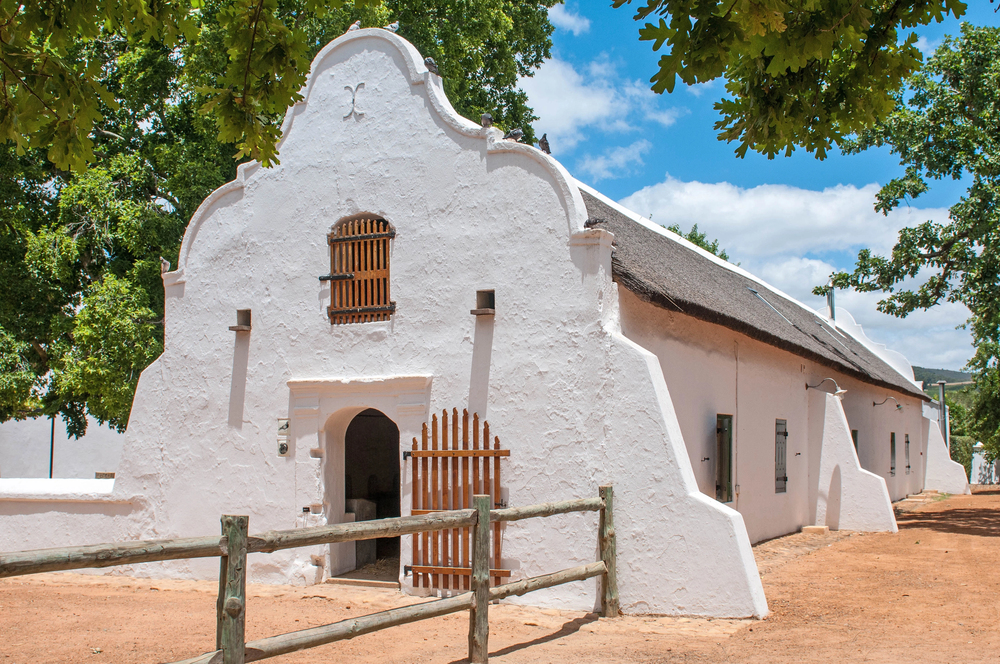
This Cape Dutch farm estate in South Africa’s wine country features an 8-acre formal garden inspired by the historic Company Gardens of Cape Town. Some 300 varieties of edible or medicinal plants are arranged in geometric blocks separated by gravel pathways and espaliered fruit trees.
The garden’s design draws from multiple traditions—Dutch formal layouts, indigenous medicinal plants, and contemporary sensibilities—creating a space that feels both historic and thoroughly modern. Overnight guests can join morning garden tours before the day visitors arrive, experiencing the fragrant herbs and fruit-laden trees in relative solitude.
Villa Lante
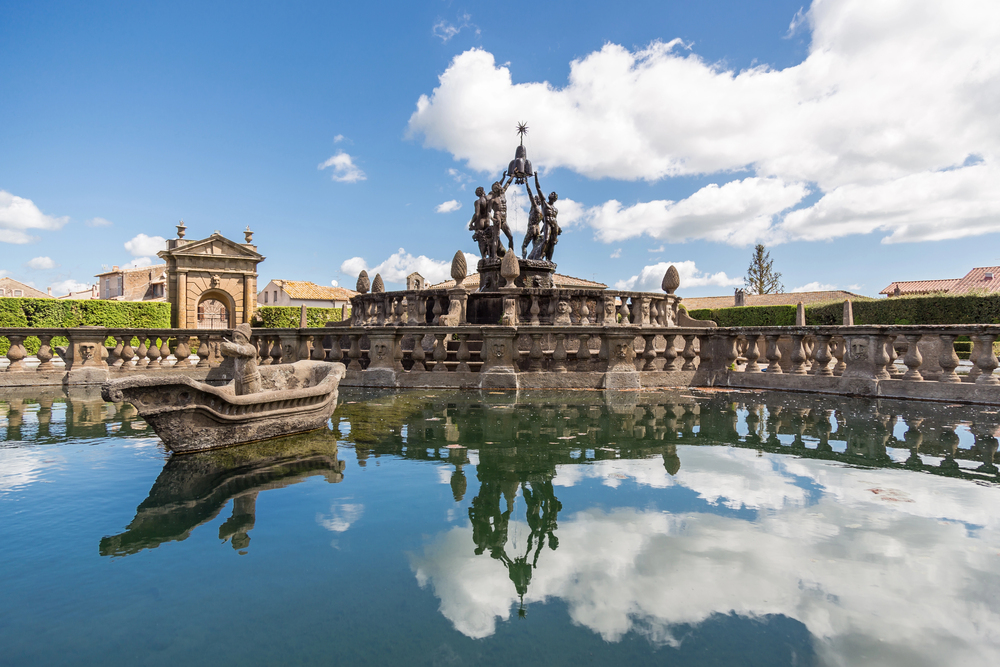
Spending the night at the apartments adjacent to this Renaissance masterpiece in Bagnaia, Italy, means gaining after-hours access to one of Europe’s most important historic gardens. The formal terraced design represents the pinnacle of Italian Renaissance garden art, with perfectly symmetrical water features that flow from the upper reaches down through the garden.
The twin casinos (small houses) frame geometrically perfect parterres where boxwood hedges create intricate patterns visible from elevated viewpoints. Evening walks through the garden offer a chance to experience the play of shadow and light on the ancient fountains when day tourists have departed.
Like Travel Pug’s content? Follow us on MSN.
Great Dixter
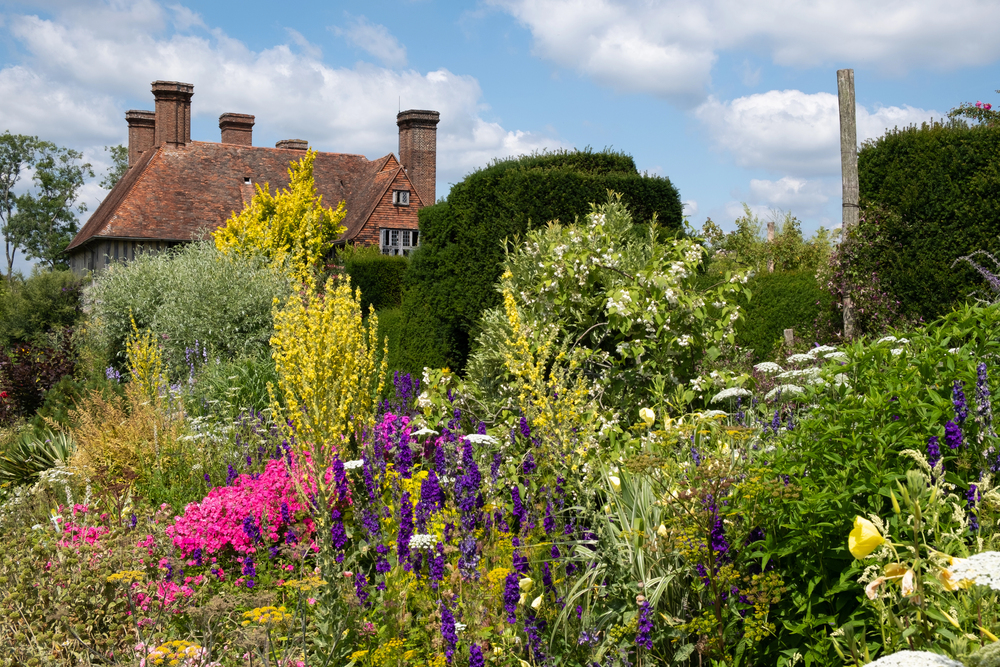
Christopher Lloyd’s former home in East Sussex opens its gardens to thousands of visitors annually, but only a select few can stay in the property’s converted oast house. These lucky guests gain early morning and evening access to one of Britain’s most experimental and influential gardens.
The property’s famous long border represents the height of the English mixed border tradition, packed with bold color combinations that challenge conventional garden aesthetics. The topiary garden, meadow areas, and exotic garden demonstrate Lloyd’s willingness to break the rules while honoring traditional techniques.
La Bamba de Areco

This estancia outside Buenos Aires combines Argentine ranching traditions with spectacular gardens. Ancient ombu trees provide dramatic focal points throughout the 250-acre property, while formal rose gardens surround the colonial-style main house.
Guests divide their time between horseback riding through native pampas grasses and exploring the meticulously maintained formal gardens that merge European design principles with South American plant species. The property’s avenue of plane trees creates a dramatic entrance that signals the thoughtful landscape design throughout the estate.
Schloss Ottersbach
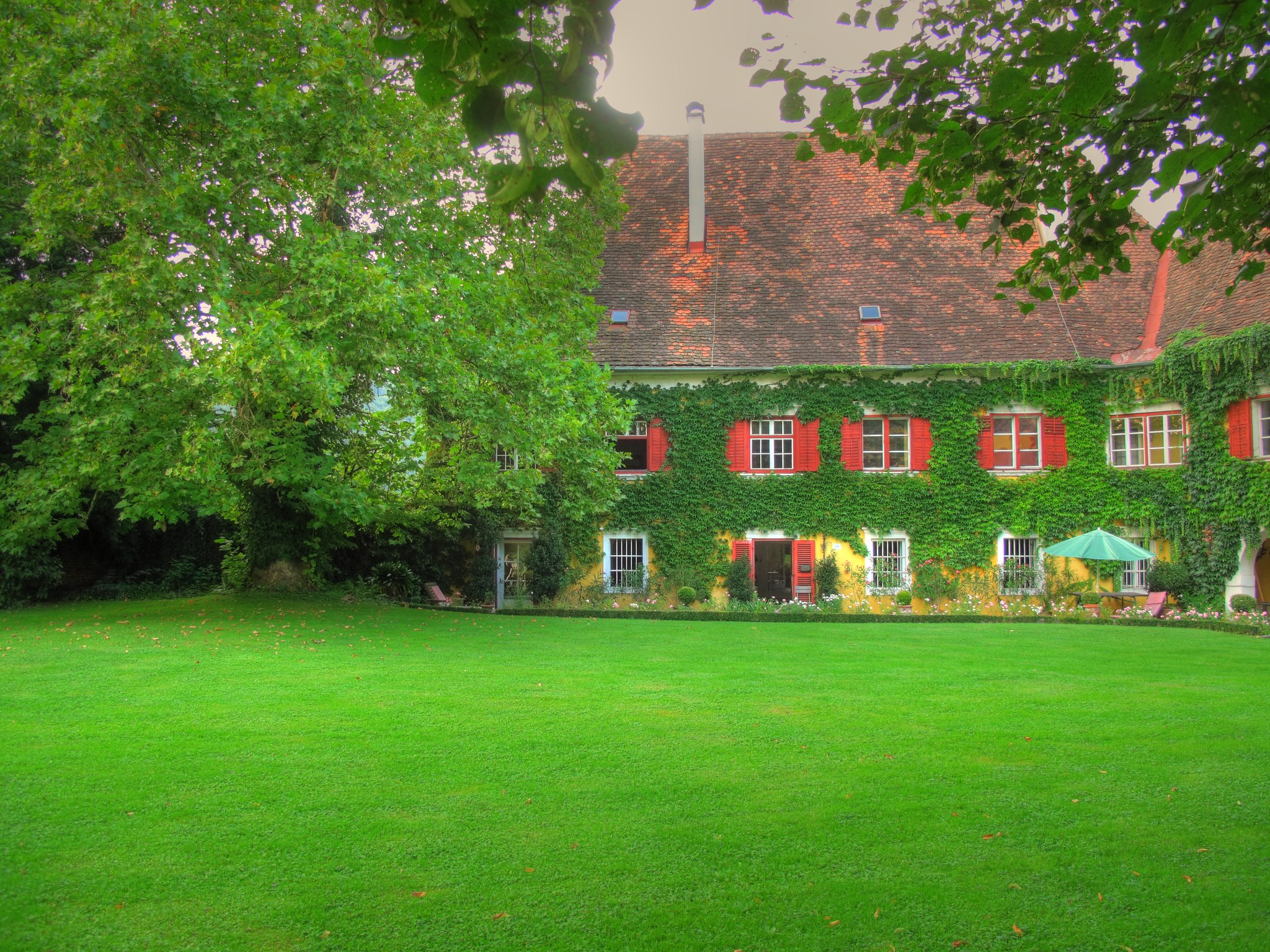
This Austrian castle hotel surrounds visitors with baroque garden formality updated for contemporary sensibilities. The original 18th-century parterre garden has been restored with a twist—instead of traditional boxwood patterns, flowing ornamental grasses create movement while maintaining the geometric framework.
Guests can explore the castle’s herb spiral, productive fruit orchards, and the remarkable woodland garden featuring rare tree specimens collected over centuries. The property’s elevated terrace provides spectacular views across the gardens to the rolling Austrian countryside beyond.
Like Travel Pug’s content? Follow us on MSN.
Las Alamandas
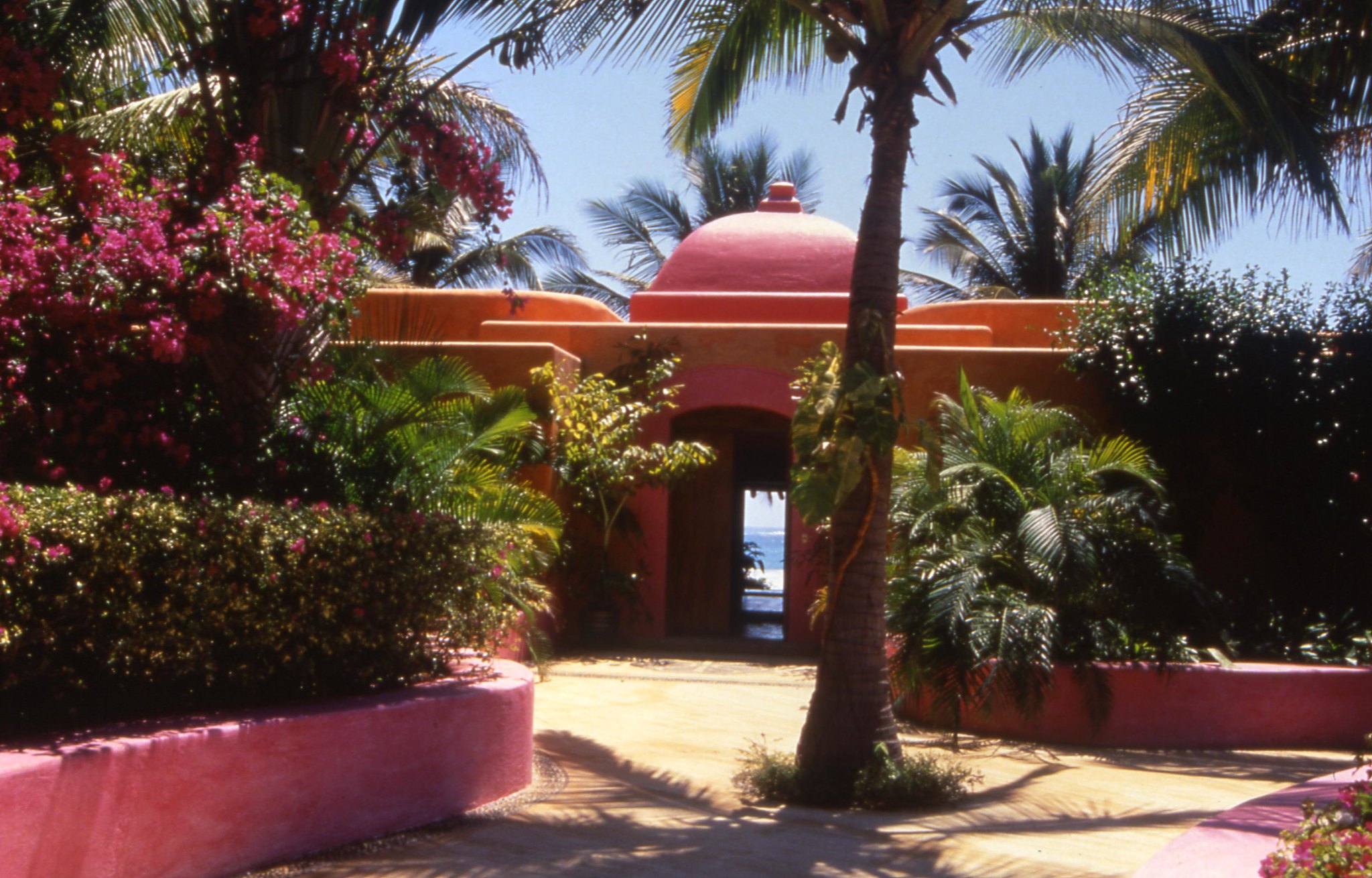
This secluded Mexican retreat on the Pacific Coast features gardens that blend seamlessly with the surrounding tropical landscape. The property’s vibrant plantings of bougainvillea, hibiscus, and its namesake Aaamanda create a riot of color against whitewashed villas.
Native palms and carefully preserved coastal vegetation frame views of the ocean while providing habitat for local wildlife. The resort’s organic gardens supply its restaurant with fresh fruits, vegetables, and herbs year-round, creating a sustainable approach to tropical luxury that respects its environmental context.
Graleton Homestead

This Australian country estate in Victoria’s western district surrounds visitors with five acres of gardens that defy the region’s challenging climate. Pioneer plants brought by European settlers in the 1850s have matured into magnificent specimens, including one of Australia’s largest Lebanon cedars.
The property’s heritage rose collection features varieties that have disappeared from commercial cultivation, preserved here across generations of dedicated gardeners. Guests stay in the restored bluestone homestead while exploring gardens that transition from formal areas near the house to more naturalistic plantings that blend into the Australian bush.
Ballymaloe House
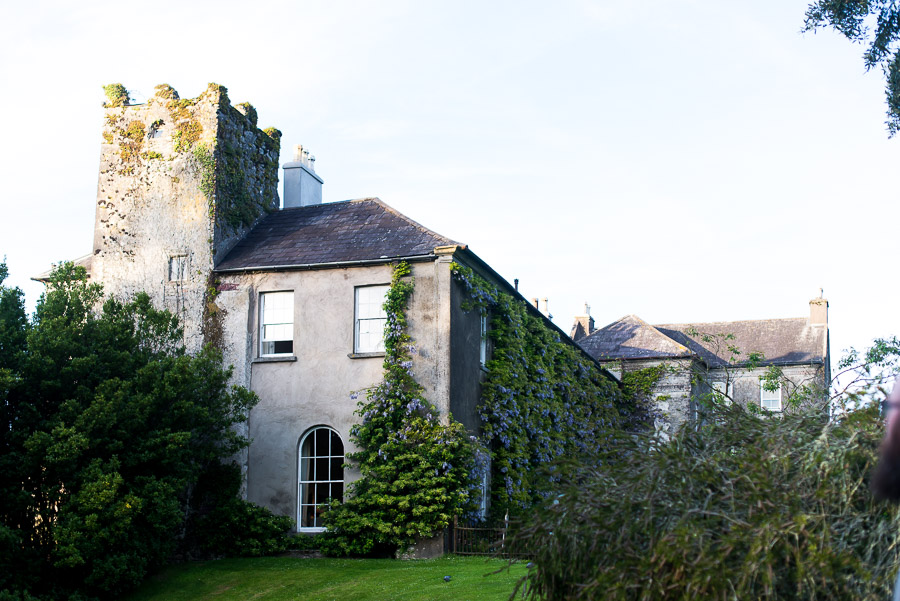
This Irish country house hotel in County Cork has championed garden-to-table dining since long before it became fashionable. The property’s walled garden spans nearly three acres and supplies the renowned restaurant with year-round produce.
Guests can wander through herbaceous borders bursting with traditional cottage garden plants before discovering the productive areas where vegetables, herbs, and fruits are grown using organic methods. The garden’s shell house—decorated entirely with seashells collected from nearby beaches—provides a whimsical focal point and shelter on rainy days.
Like Travel Pug’s content? Follow us on MSN.
Borgo Santo Pietro
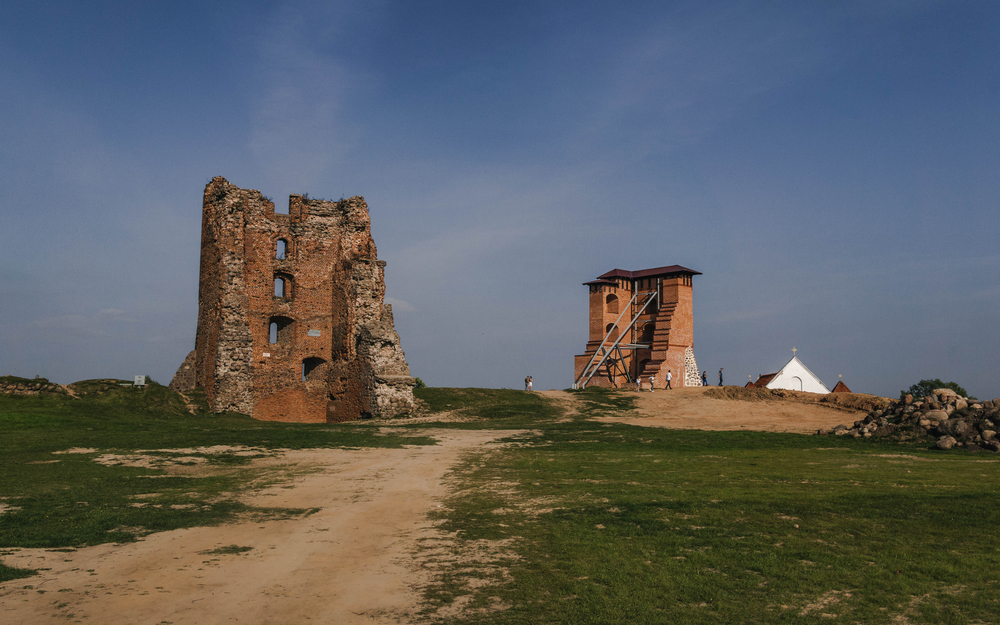
This Tuscan estate combines Italian formal garden traditions with productive farming landscapes across its 270-acre property. The restored 13th-century villa sits amid symmetrical gardens featuring clipped boxwood and lavender, while further afield, guests discover working vineyards, olive groves, and vegetable gardens that supply the Michelin-starred restaurant.
The property’s cutting garden provides fresh flowers for guest rooms daily, while the extensive herb gardens support both the kitchen and the estate’s natural skincare line. Early morning yoga sessions take place in secluded garden rooms designed for contemplation.
Le Mas des Herbes Blanches
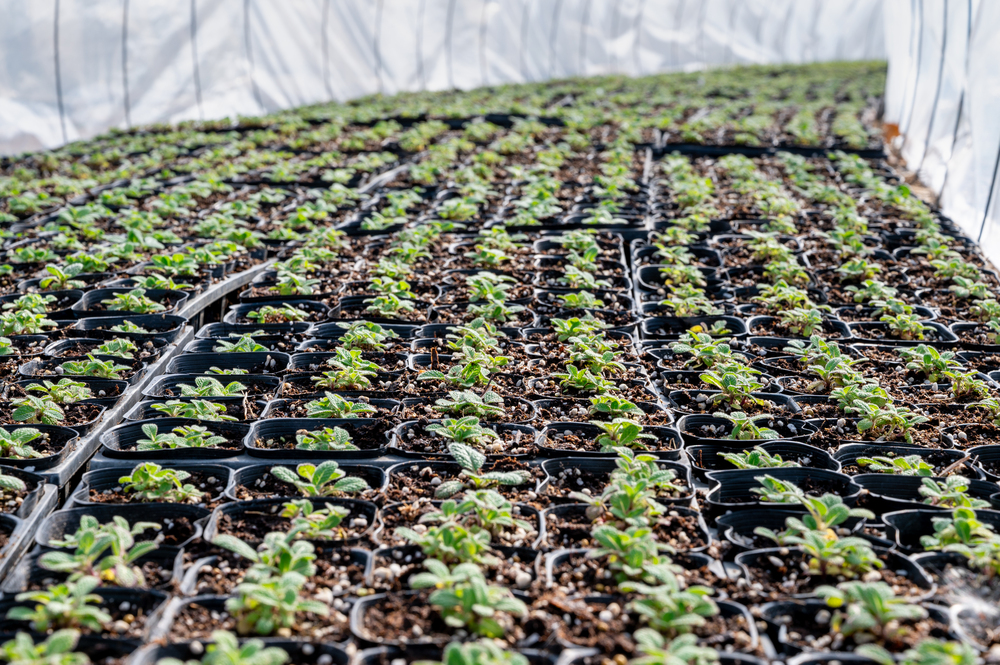
Perched in France’s Luberon region, this Provençal retreat showcases the quintessential Mediterranean garden adapted to increasingly hot, dry conditions. The property’s terraced gardens feature drought-resistant plantings of lavender, rosemary, and thyme that create waves of silver-blue foliage against the region’s characteristic golden stone.
Guests encounter different garden “rooms” designed around seasonal interest and fragrance, with paths winding through olive groves and native oak woodlands. The swimming pool, cleverly designed to resemble a natural pond, sits surrounded by grasses that move gracefully in the Mistral winds.
Kylemore Abbey
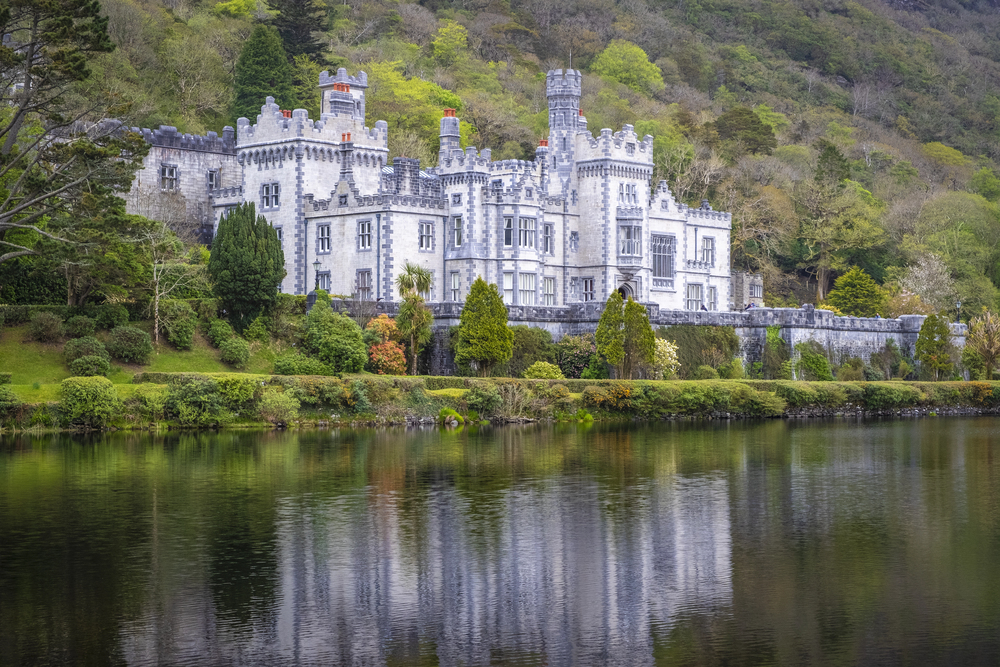
Visitors staying in cottages adjacent to this Victorian estate in Ireland’s Connemara region gain special access to one of the country’s most ambitious historic garden restorations. The property’s six-acre walled garden, built between 1867 and 1871, has been painstakingly returned to its original glory, complete with 21 glass houses and formal Victorian planting beds.
The garden’s eastern half maintains formal Victorian bedding schemes, while the western portion features productive kitchen gardens and fruit trees. Morning mist rising over the garden’s brick walls creates an atmosphere of stepping back in time.
Like Travel Pug’s content? Follow us on MSN.
The Farm at Cape Kidnappers

This New Zealand luxury lodge incorporates its productive gardens into the broader experience of its 6,000-acre working sheep and cattle station. The property’s herb and vegetable gardens supply the restaurant while creating sensory experiences for guests wandering their geometric paths.
Native New Zealand plants feature prominently in the broader landscape design, demonstrating sustainable gardening practices adapted to local conditions. The property’s most dramatic garden feature might be the approach itself—a mile-long avenue lined with over 4,000 olive trees that announces arrival at a destination where the landscape takes center stage.
Gardens as Living Heritage
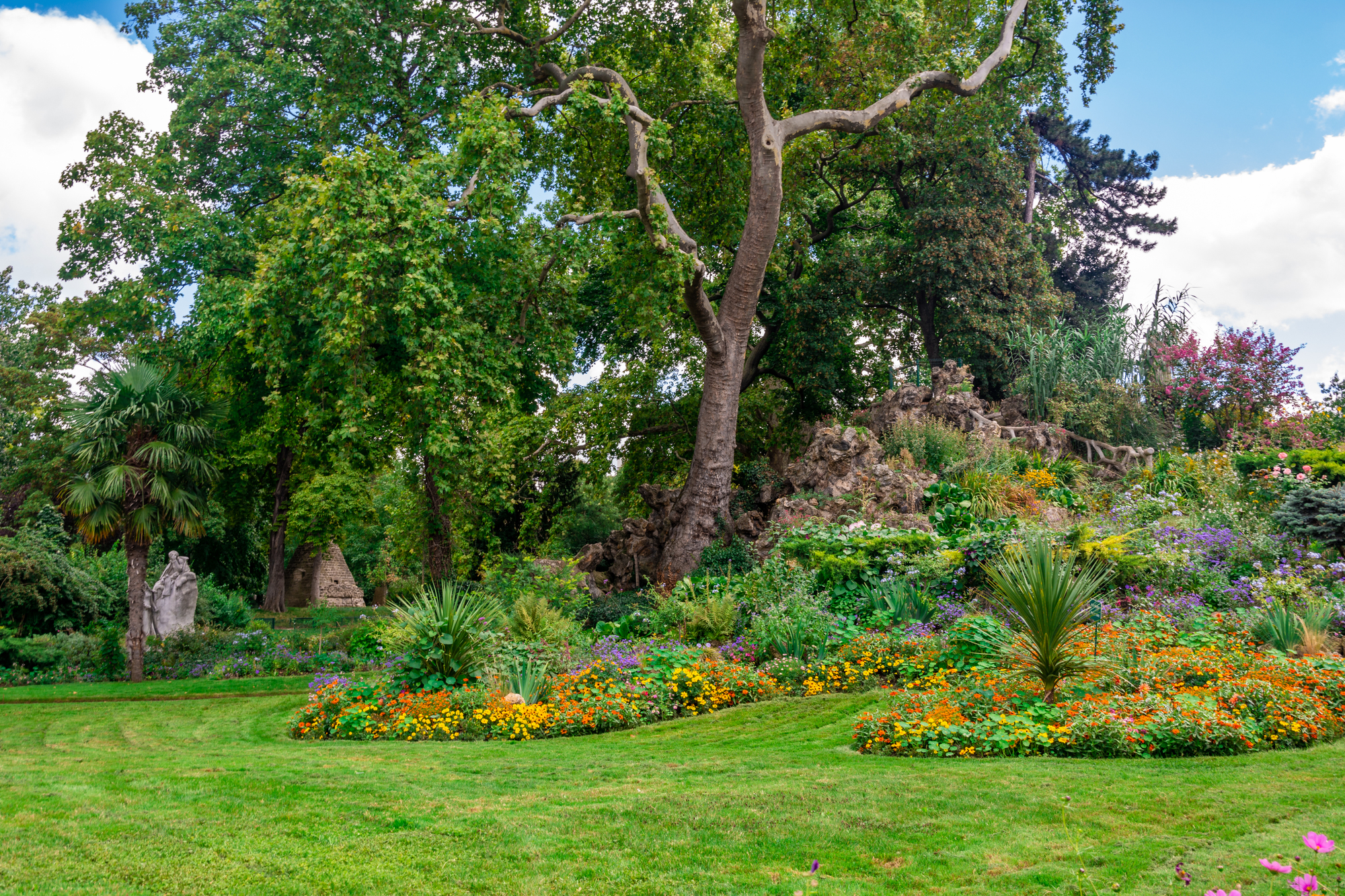
These exceptional properties remind us that gardens represent our most direct collaboration with nature—neither entirely wild nor completely controlled. Each stay offers more than mere accommodation; they provide temporary citizenship in living landscapes shaped by vision, dedication, and respect for horticultural traditions.
Whether formal or naturalistic, historic or contemporary, these gardens transform overnight stays into experiences that engage all senses while connecting visitors to centuries of cultivation.
More from Travel Pug

- Cities Growing so Fast You Won’t Recognize Them in 10 Years
- 13 Destinations Where Tourists Regularly Regret Their Trip
- 20 Obscure WWII Sites Even History Buffs Don’t Know About
- 10 Under-the-Radar Mountain Towns That Are Both Affordable and Beautiful
- Remote Villages in Europe Where You Can Live for Free in Exchange for Work
Like Travel Pug’s content? Follow us on MSN.
